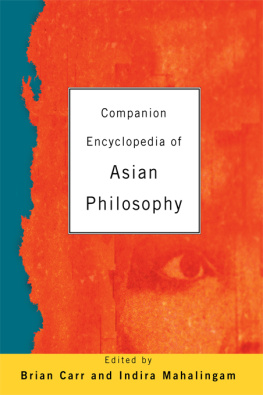Laurence C. Bush - Asian Horror Encyclopedia: Asian Horror Culture in Literature, Manga, and Folklore
Here you can read online Laurence C. Bush - Asian Horror Encyclopedia: Asian Horror Culture in Literature, Manga, and Folklore full text of the book (entire story) in english for free. Download pdf and epub, get meaning, cover and reviews about this ebook. year: 2001, publisher: iUniverse, genre: Detective and thriller. Description of the work, (preface) as well as reviews are available. Best literature library LitArk.com created for fans of good reading and offers a wide selection of genres:
Romance novel
Science fiction
Adventure
Detective
Science
History
Home and family
Prose
Art
Politics
Computer
Non-fiction
Religion
Business
Children
Humor
Choose a favorite category and find really read worthwhile books. Enjoy immersion in the world of imagination, feel the emotions of the characters or learn something new for yourself, make an fascinating discovery.
- Book:Asian Horror Encyclopedia: Asian Horror Culture in Literature, Manga, and Folklore
- Author:
- Publisher:iUniverse
- Genre:
- Year:2001
- Rating:5 / 5
- Favourites:Add to favourites
- Your mark:
- 100
- 1
- 2
- 3
- 4
- 5
Asian Horror Encyclopedia: Asian Horror Culture in Literature, Manga, and Folklore: summary, description and annotation
We offer to read an annotation, description, summary or preface (depends on what the author of the book "Asian Horror Encyclopedia: Asian Horror Culture in Literature, Manga, and Folklore" wrote himself). If you haven't found the necessary information about the book — write in the comments, we will try to find it.
Laurence C. Bush: author's other books
Who wrote Asian Horror Encyclopedia: Asian Horror Culture in Literature, Manga, and Folklore? Find out the surname, the name of the author of the book and a list of all author's works by series.
Asian Horror Encyclopedia: Asian Horror Culture in Literature, Manga, and Folklore — read online for free the complete book (whole text) full work
Below is the text of the book, divided by pages. System saving the place of the last page read, allows you to conveniently read the book "Asian Horror Encyclopedia: Asian Horror Culture in Literature, Manga, and Folklore" online for free, without having to search again every time where you left off. Put a bookmark, and you can go to the page where you finished reading at any time.
Font size:
Interval:
Bookmark:
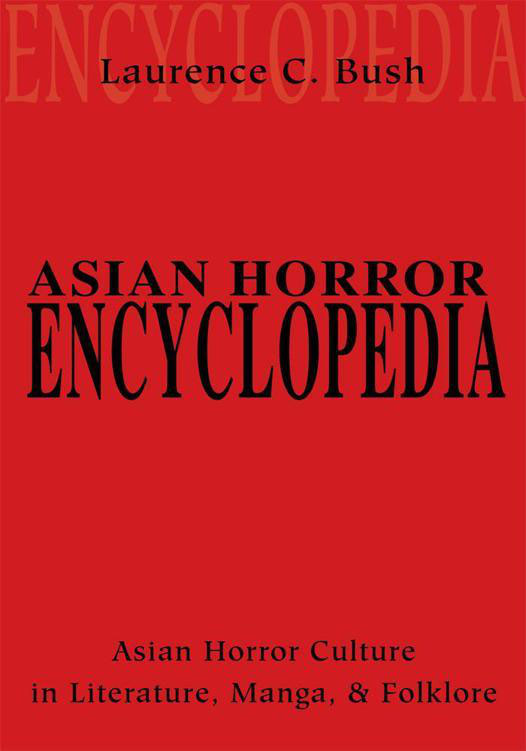

Asian Horror Culture in Literature,
Manga, and Folklore
Laurence C. Bush
Writers Club Press
San Jose New York Lincoln Shanghai
Asian Horror Encyclopedia
Asian Horror Culture in Literature, Manga, and Folklore
All Rights Reserved 2001 by Laurence C. Bush
No part of this book may be reproduced or transmitted in any form or by any means, graphic, electronic, or mechanical, including photocopying, recording, taping, or by any information storage retrieval system, without the permission in writing from the publisher.
Writers Club Press
an imprint of iUniverse.com, Inc.
For information address:
iUniverse.com, Inc.
5220 S 16th, Ste. 200
Lincoln, NE 68512
www.iuniverse.com
ISBN: 0-595-20181-4
ISBN: 978-1-4697-1503-2 (eBook)
Printed in the United States of America
The present work traces the major outlines of supernatural horror literature in Japan and China. Their occult traditions are old and rich, ranging from ancient folklore to ultra-modern media. In our ethnocentric culture, little has been written about horror outside the English language, let alone the exotic Far East. Originally I had proposed to write exclusively about Japanese horror, but the roots of Japanese terror were difficult to unravel with such a narrow approach. One cannot write about the Japanese without writing about China, and even Korea, as well. Adding those two countries brings the rest of the Far East with them, and so the book was formed.
The study of Asian horror has enormous obstacles. Obviously, the language barrier is a major block. The available translated literature is small, trying, misleading and often frustrating. References to common themes such as ghosts, devils or even Godzilla are often not related to horror or the supernatural. Then there is the problem of galloping didacticism. Instead of invoking horror, Asian weird literature often teaches the reader not to fear the supernatural or how to deal with it. This tendency to defuse horror casts doubt upon its universality. Finally, academic snobbery avoids works with the slightest scent of popular culture, unless sanitized by age or historical significance.
Language is an essential part of culture. The gap between the Asian and European languages makes a difficult passage across cultural boundaries. Often the more interesting books are the most difficult to translate, such as Yumeno Kyusakus Dogura Magura (Sorceries, 1935) which requires a furigana gloss as a help even for Japanese readers.
The frightening images of one culture may or may not carry over to another. One historical commonality is the Christian and Buddhist depiction of Hell. Hideous torments of the damned from religious sources spawn more terror than piety and more fascination with the horrid than the numinous. The Buddhist Hell inspired Akutagawas The Spiders Thread and undoubtedly other stories.
The presence of horror in Chinese folklore, Hong Kong films, and Japanese comics is easily seen from the West, but not so for horror in Asian literature. Often critical works invoke the supernatural in a title or phrase but contain no horror content. For example, Robert C. Solomons article, The Philosophy of Horror, or Why Did Godzilla Cross the Road does not even mention Godzilla or anything Asian, except a passing reference to monsters. In fact, Godzilla can scarcely be tied to horror. While he fits the pattern of the unclean mutant and giant, he is more loved than feared.
The major exceptions to this literary blackout are Edogawa Rampos Japanese Tales of Mystery and Imagination and Kyoka Izumis Japanese Gothic Tales. Edogawas story collection is the result of five painstaking years where Edogawa worked with the translator sentence-by-sentence to get each story as close to the Japanese original as possible. Kyokas collection comes from the recent revival of interest in the gothic mode of literature. His erotic imagination and razor sharp text place him well within the acceptable pattern of modern prose, despite the age of some of his stories. The same could be said for Edogawa.
Occasionally, the determined reader runs across a Japanese weird tale in unexpected sources. One such case is Nakajima Atsushi, a less well known author who had some of his stories translated into English in a small booklet. This work has a story called the Mummy. Written in the early 1940s, it would be at home in the American pulp magazine, Weird Tales. Favorably comparable to one of Sax Rohmers Tales of Secret Egypt, it has an admirable amount of historical detail as well as a fine sense of psychological horror.
The Asian didactic attitude that the supernatural is not to be feared but faced courageously gave rise to an anti-horror literature. Chinese traditional ghost stories (see Ghosts) from the Tang Dynasty through Pu Songlings inimitable Liaozhai, teach that ghosts can be easily fooled or waylaid with simple anti-ghost formulas, such as human saliva. Just as Western literary heroes fool the devil, Asian heroes overcome ghosts and other undesirable supernatural beings.
What emerges from this kind of study is an argument for the universality of horror. H.P. Lovecraft said that fear was mans oldest emotion and indeed fear influenced much of Asians ancient literature. The fear of death, decomposition of the body, movement of corpses, burial ground scavengers and the persistence of ghost stories lent a common basis for supernatural speculation. The East has its vampires, were-creatures, demons, wraiths and ghosts comparable to the West. Indeed they are all at least cousins if not siblings or twins.
According to Darwin in his seminal Expressions in Man and Animals, horror is a visceral reaction not an emotion. It rises from contemplation of a hateful or painful experience such as torture. Darwin used photographs of humans and apes to illustrate the visceral side of horror. But Darwin represents the old view of horror.
Modern horror criticism argues that horror is an emotional and aesthetic experience that goes beyond the visceral components of terror and disgust. Horror at its finest touches on what Lovecraft calls a sense of cosmic awe. Noel Carroll even connects it to the religious experiences described in Rudolf Ottos classic theological work, The Idea of the Holy, which talks about the tremendous awe and fear man feels in the raw presence of the divine.
On the lower end of horror, the component of sadism is explored with unusual thoroughness in Asian horror. Perhaps the same can be said of the mystical side of horror. The unabashed cruelty of Asian horror gave rise to Western works, such as Octave Mirbeaus wrenching Les Jardins aux supplice (The Torture Garden), that far exceed any traditional Asian work for sheer shock value.
The long history of horror culture helps to make a complete picture of man and his fantastic fears, and no such history is complete without the Asian side of the story. Horror is nearly unique in its exclusive aim of evoking specific reactions in the perceiver. It is fear mingled with disgust, the repulsion of the unclean and the otherworldly. Arthur Machen saw horror as a violation of the laws of nature and used the example of flowers, a natural entity, singing a weird song, to explain that horror is an intrusion on the natural world. It is mans imagination capturing strange images in the dark.
Font size:
Interval:
Bookmark:
Similar books «Asian Horror Encyclopedia: Asian Horror Culture in Literature, Manga, and Folklore»
Look at similar books to Asian Horror Encyclopedia: Asian Horror Culture in Literature, Manga, and Folklore. We have selected literature similar in name and meaning in the hope of providing readers with more options to find new, interesting, not yet read works.
Discussion, reviews of the book Asian Horror Encyclopedia: Asian Horror Culture in Literature, Manga, and Folklore and just readers' own opinions. Leave your comments, write what you think about the work, its meaning or the main characters. Specify what exactly you liked and what you didn't like, and why you think so.

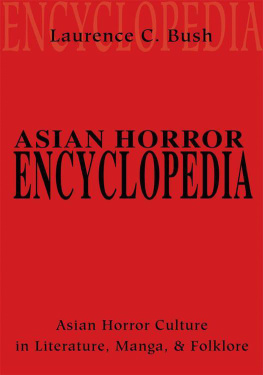

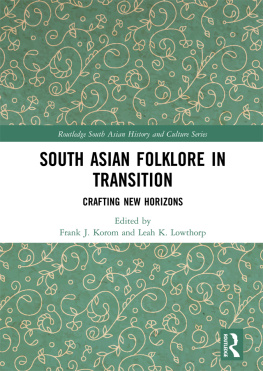
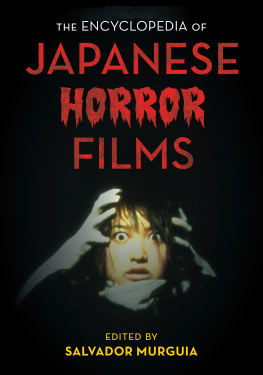
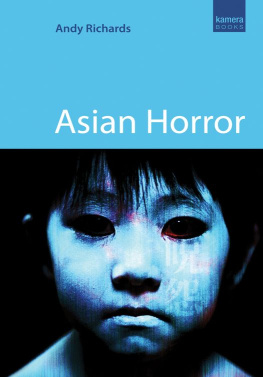
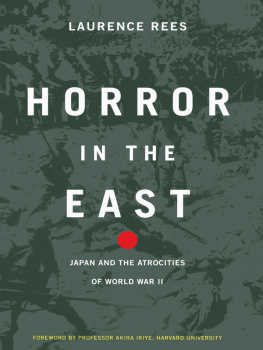

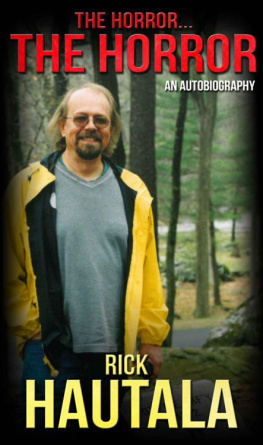
![Matt Cardin - Horror Literature Through History [2 Volumes]: An Encyclopedia of the Stories That Speak to Our Deepest Fears](/uploads/posts/book/119545/thumbs/matt-cardin-horror-literature-through-history-2.jpg)
